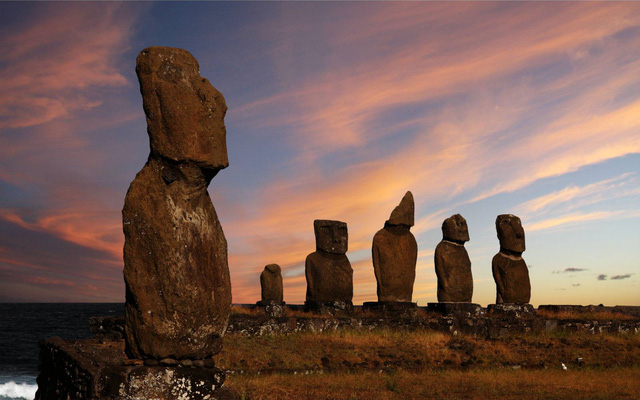The giant stone statues on Easter Island are called moai. With its huge size and mass, until now, the appearance of moai is still a mystery in human history.
In 1722, Dutch explorer Jacob Roggeveen discovered a barren island 3500km off the coast of Chile. The explorer described the remote island with only about 3,000 people struggling to live on the island.
However, what surprised him was that there were many giant monolithic stone statues standing all over the island. Until now, these statues called moai are still considered an unsolved mystery with countless scary theories.

Because of the huge size of the moai stone statues, people still ask many questions about how they were built. Many experiments have been carried out in an attempt to recreate the way indigenous people built on the island.
In the end, the researchers concluded that this construction process required wood, but the new problem arose because the situation on the island since 1722 showed that the island was bare, with nothing but shrubs.
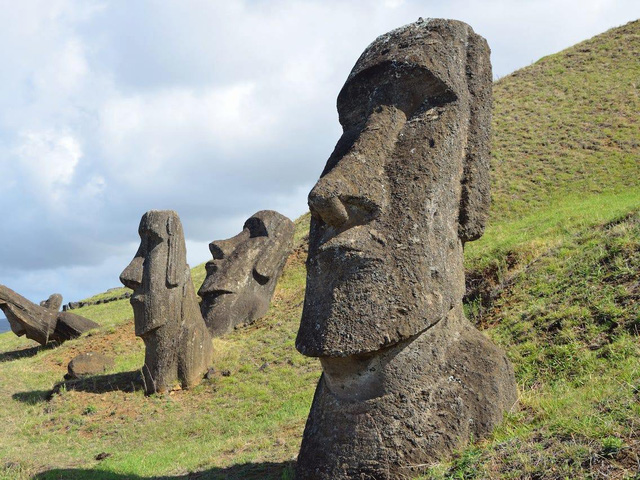
In 1983, botanist John Flenley made a new discovery, he found fossil seeds of giant palms with a diameter of up to 2.1 meters. Flenley also found charcoal fossils of trees up to 30 meters high.
This shows that Easter Island was once a dense forest. Also from here, when arranging the chronology of the statues, people realize that they are related to a macabre hypothesis in history.
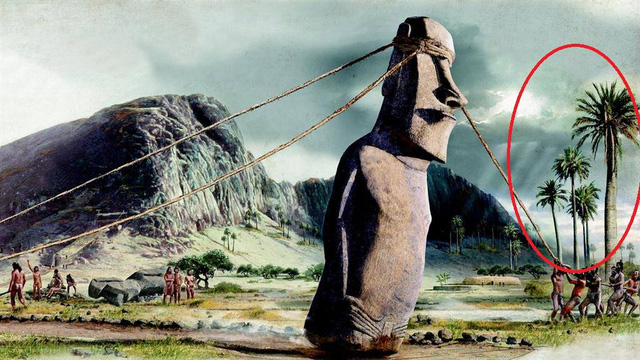
The giant moai statues on Easter Island are divided into two types: giant moai and small wooden moai.
The making of giant moai suddenly ended in the 1620s, before residents switched to making wooden moai with aggressive faces, white eyes, gaunt faces, bared teeth, and protruding bones. The wooden moai are called kavakava moai or man-eating demons.
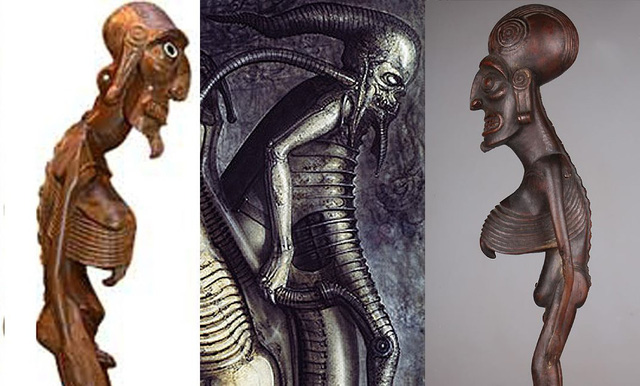
This sudden transformation raises questions about why the island’s natives changed from giant moai praising nobles to wooden statues depicting demons. It is possible that the construction of giant moai was a competition between tribes to demonstrate power.
However, to build moai requires a lot of human effort and natural resources, the inevitable result is poor land, difficult life and overcrowded population.
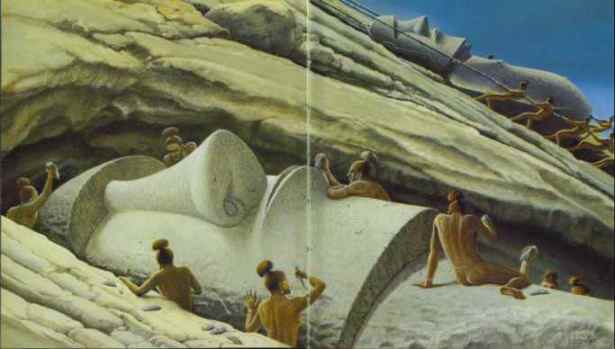
This is where the bloody story begins. Famine broke out, and the indigenous people began to look for available food sources, human meat. In the excavated surface layer of trash, archaeologists found human bones with clear marks of sawing, splitting, and cooking to extract marrow.
And in the north of the island, there is a cave called Ana Kai Tangata or cannibal cave. A tribe took refuge here. After each victory over the enemy, they took prisoners to eat. The horrors of cannibalism during the famine have turned into folk tales as well as statues of the kava kava demon.
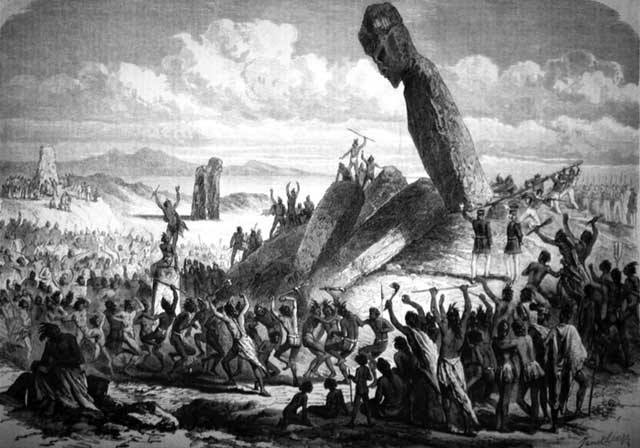
That is perhaps the most reasonable hypothesis to explain the arid conditions and the island’s indigenous people that European explorers found on Easter Island.
